Condition In ruins | Type Settlement | |
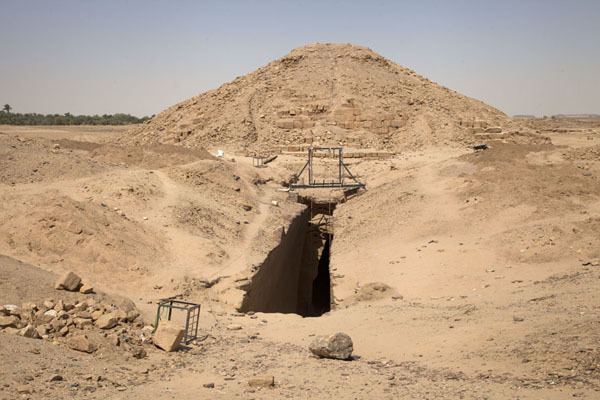 | ||
Royal tombs pyramids of kush in el kurru nuri
El-Kurru was one of the royal cemeteries used by the Nubian royal family. Reisner excavated the royal pyramids. Most of the pyramids date to the early part of the Kushite period, from Alara of Nubia (795–752 BC) to King Nastasen (335–315 BC).
Contents
- Royal tombs pyramids of kush in el kurru nuri
- Pyramids and Tombs at El Kurru
- Horse Burials
- Recent Archaeological Work
- Royal Cemeteries
- References
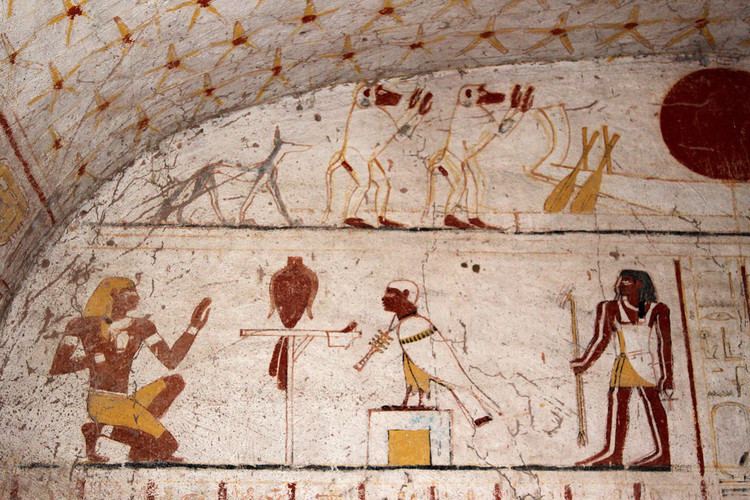
The area is divided into three parts by two wadis. The central section seems to be the oldest and contains several tumulus type tombs that predate the Kingdom of Napata. Reisner thought that the earliest tomb, Tum.1, dated back to the time of Pharaoh Sheshonq I of Ancient Egypt (ca. 850 BC) and predates the Kingdom of Napata by some 200 years. At the present scholars (Kendall, Hakem, Totok) think the early cemetery stretches back to the Ramesside period and date the earliest burials to the end of the Twentieth Dynasty of Ancient Egypt (ca 1070 BC), although Kendall has reverted his position and now adheres to a dating closer to the one proposed by Reisner.
The highest part of the cemetery contains 4 tumulus tomb (Tum. 1, 2, 4 and 5). To the north, across the northern wadi Tum. 6 is located. To the east of the tumul tombs we find row of at least eight pyramids. One of them partially intrudes on a tumuls tomb (Tum. 19). The southernmost of this row of pyramids belonging to Kashta (presumably to) his wife Pebatjma. Before this row is another row of pyramids which includes those of Piye, Shabaka and Tanutamani.
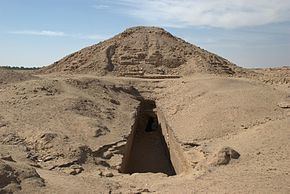
To the south of the pyramid of Pebatjma, one has to cross the southern wadi to reach the southern pyramids. These are the pyramids of the Queens: Naparaye (K. 3), Khensa (K. 4), Qalhata (K.5), and Arty (K.6).
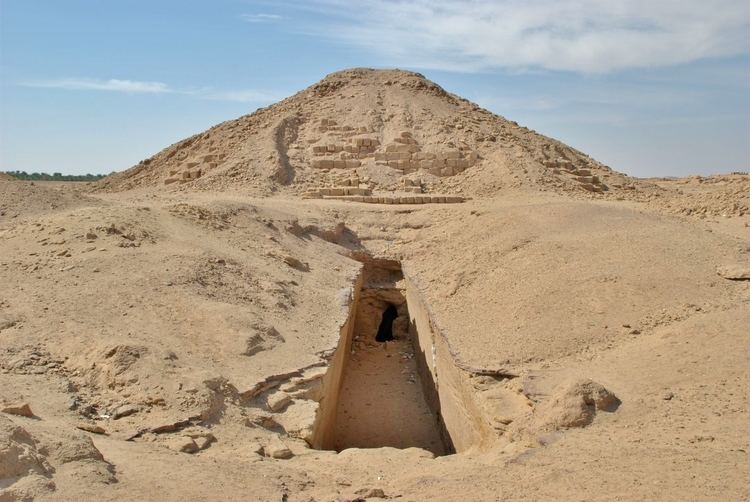
Pyramids and Tombs at El-Kurru
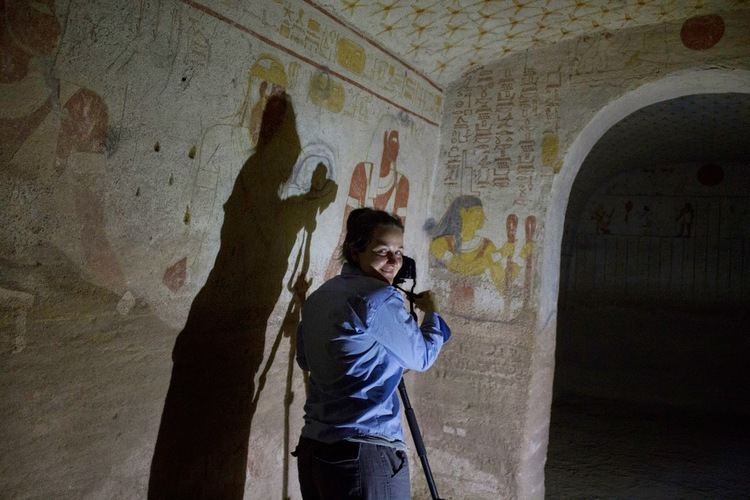
Pyramids dating to the time of the Kingdom of Napata (ca 750 - 650 BC) and later
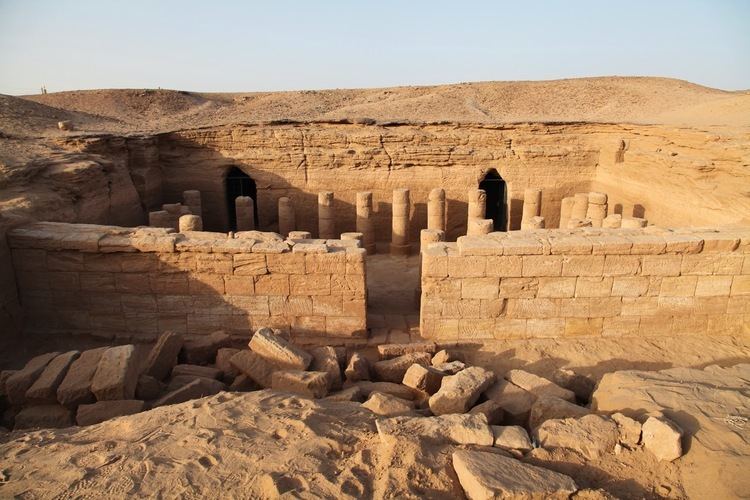
Horse Burials
Some 120 meters to the north-west of pyramids K.51–K.55 four rows of graves were found which contained horse burials. The rows contained four, eight, eight and four graves respectively. The four graves in the first row likely date to the time of Piye, the tombs in the second row date to the time of Shabaka, the tombs in the third row date to the time of Shebitqo, and the tombs in the fourth and last row date to the time of Tantamani.
The tombs had all been robbed, but enough remained to determine that the horses were all buried in an upright position. The horses were buried with all their trappings.
Recent Archaeological Work
In recent years, archaeological work has begun once again at El Kurru. In collaboration with the National Council for Antiquities and Museums (NCAM), and partially funded by the Qatar Sudan Archaeological Project (QSAP), Dr Geoff Emberling (Kelsey Museum of Archaeology, Michigan) and Dr Rachael J Dann (Associate Professor, Egyptian & Sudanese Archaeology, University of Copenhagen) co-direct excavation, survey, documentation and conservation work at the site. Much of this work is discussed here:
https://internationalelkurruproject.sites.ku.dk
Royal Cemeteries
For other royal cemeteries see
